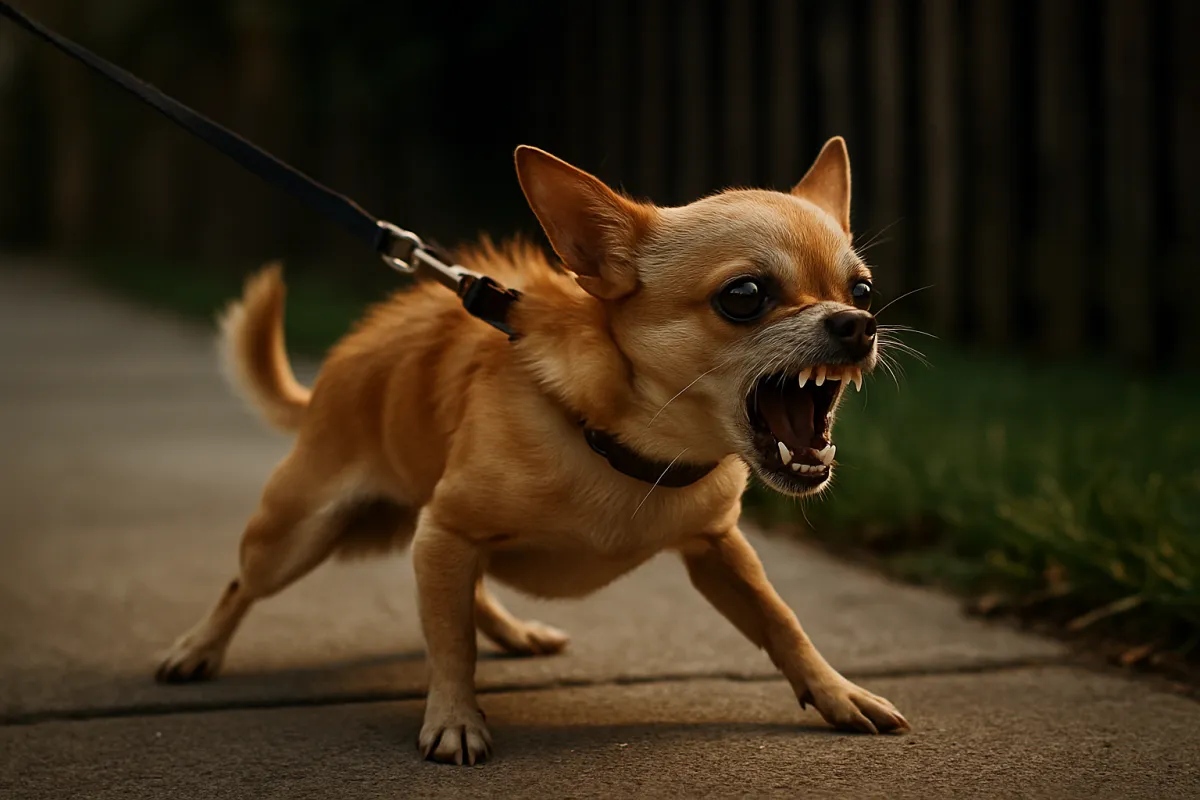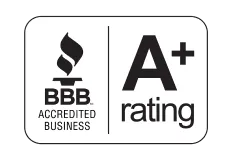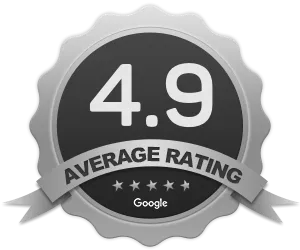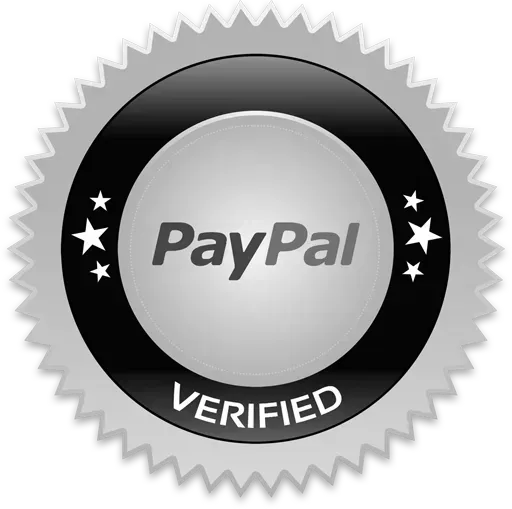
Why Is My Dog Aggressive
Why Is My Dog Aggressive or Reactive?
Understanding Behavior Before You React
If you’ve ever felt embarrassed, confused, or even scared by your dog’s barking, lunging, growling, or snapping — you’re not alone. Many loving dog owners find themselves asking:
“Why is my dog acting like this?”
The truth is, what looks like malice is really something deeper: Your dog is not “bad” — they may be reactive, unsure, or stepping into a role they were never meant to have.
This article will help you understand what’s really going on — and why aggressive or reactive behavior isn’t a sign of a broken dog, but a sign that your dog is missing the one thing they instinctively crave: leadership.
Aggression Is Not a Character Flaw
Let’s start here:
Aggression is part of the natural canine behavior spectrum.
Just like curiosity, playfulness, or alertness, aggression serves a purpose. It helps dogs communicate, set boundaries, and navigate conflict. It is not inherently bad, and it does not mean your dog is dangerous or beyond help.
An aggressive dog is not broken. What they often lack is clear direction.
Dogs thrive in a structured environment. When that structure is missing, they do what comes naturally — they step into the leadership vacuum. And when a dog feels they’re responsible for managing people, spaces, or other animals, aggressive behavior is often the result.
Fear-Based vs. Dominance-Based Aggression
Aggression isn’t one-size-fits-all. Understanding where it comes from is essential.
Fear-Based Aggression
This is the most common form of aggression we see. It’s rooted in insecurity, uncertainty, or past experiences that left your dog unsure of the world around them.
These dogs may react when:
A stranger gets too close
Another dog stares at them
They feel cornered or unsafe
They don’t want to be aggressive — they feel they have no other option. What they need is confidence, structure, and someone they trust to take charge of situations for them.
Dominance-Based Aggression
This form of aggression is about control. It shows up when a dog believes it’s their job to set the rules, protect the home, or control other members of the household.
You might see:
Growling when being moved off furniture
Guarding food, toys, or people
Pushback when told “no” or given direction
These dogs aren’t necessarily afraid — they’ve just taken on a role that isn’t theirs to play. And that role can only be relinquished when the dog sees you as the clear leader.
Reactivity vs. Aggression: Why It Matters
Many people use the terms “reactive” and “aggressive” interchangeably, but they’re not the same thing.
Reactivity is a response to a trigger — like barking or lunging at another dog on a walk. It’s often loud and dramatic but doesn’t always stem from true aggression.
Aggression is more deliberate. It tends to escalate in predictable stages, often beginning with subtle cues like staring, stiffness, or body blocking before any obvious behavior appears.
Understanding this difference matters because it shapes how we approach the behavior. But here’s what matters even more:
Too many people focus on what triggers the behavior… and not enough on what stops it.
And that answer is almost always the same: calm, reliable leadership.
Leadership: The Missing Piece
Dogs don’t need to be dominated or micromanaged. They need to know someone else is calmly and confidently in charge — so they don’t have to be.
Leadership isn’t about being harsh or loud. It’s about being clear, consistent, and trustworthy. It’s about guiding your dog through situations instead of letting them take over.
When dogs trust their owners to lead, they don’t feel the need to control. And when they no longer feel responsible for managing every situation, aggressive and reactive behaviors naturally begin to fade.
The Real Solution: Owner Education
Most training programs focus on stopping the dog’s behavior — without asking why it’s happening.
At Team SamIvy, we take a different approach. We believe in training the owner first.
We teach you to understand what your dog’s behavior is telling you — and how to respond in a way that makes sense to them. We guide you in setting structure, correcting inappropriate behaviors, and building a leadership dynamic that creates long-term change.
No matter what type of aggression or reactivity you’re facing, your dog can improve. But it starts with you stepping into the role your dog is waiting for you to take.
Final Thoughts: There’s Always a Way Forward
Whether your dog is reactive, fearful, or showing signs of aggression, it’s not too late.
The path to a calmer, more respectful relationship doesn’t begin with anger — it begins with understanding.
👉 Want to learn how our training programs can help? Click here to explore our approach.







